8 Inexpensive Drought-Tolerant Landscaping Ideas To Save You Water And Money
Conserving water is becoming more important. There are many methods of inexpensive drought-tolerant landscaping that can help our environment.
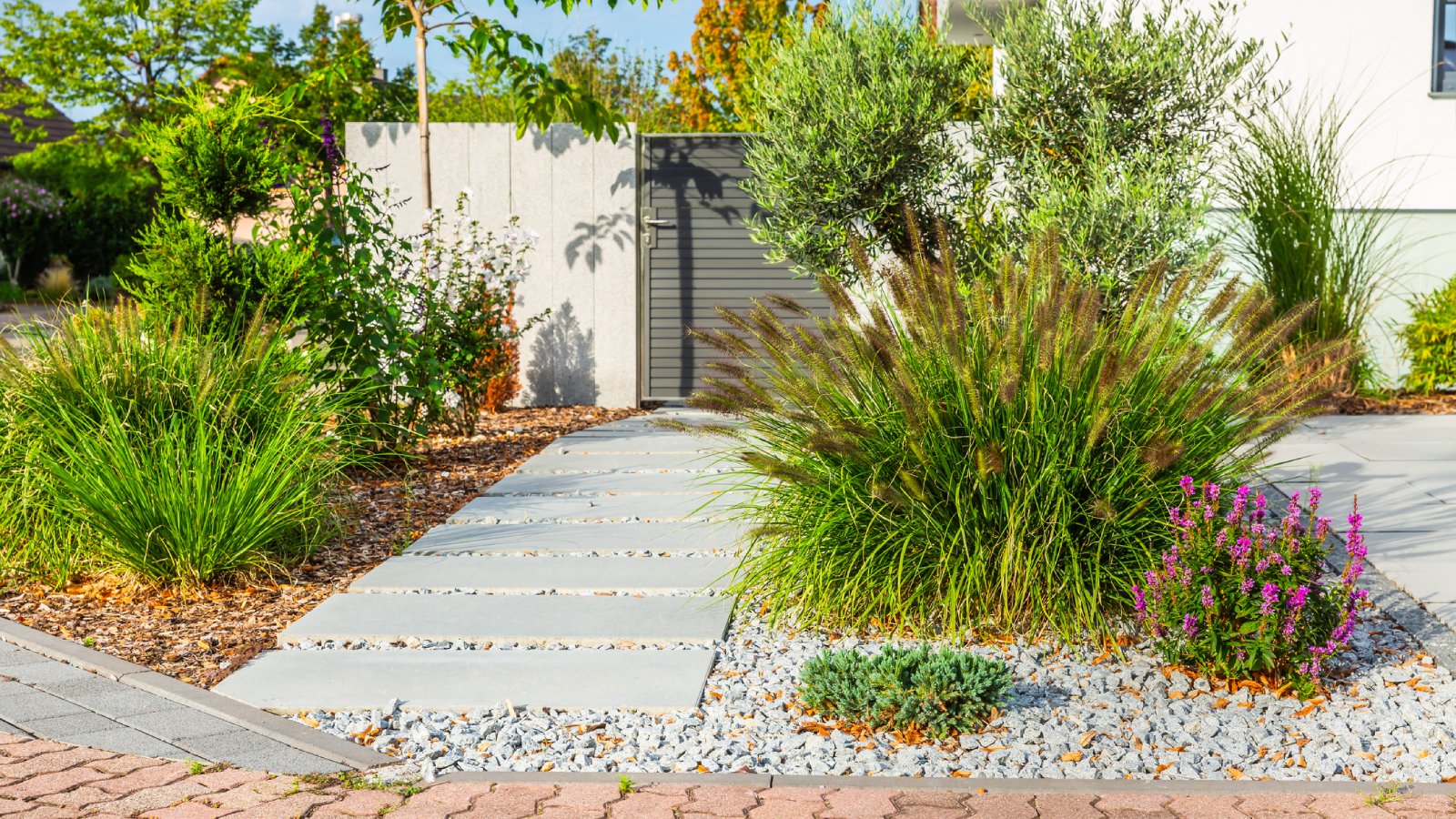

Inexpensive drought-tolerant landscaping can help in our global effort to reduce water usage. Water conservation is an important part of good environmental stewardship. Avoiding run-off and saving water through efficient use helps prevent scarcity of this necessary resource. Cheap drought-tolerant landscaping is an excellent way to save money while contributing to environmental health.
Cheap Drought-Tolerant Landscaping Ideas
Waterwise gardening through inexpensive landscaping will save on your utility bills and help fight water scarcity. Here are a few ideas on low-cost drought-tolerant landscaping to get you into the movement.
1. Choose the Right Plants
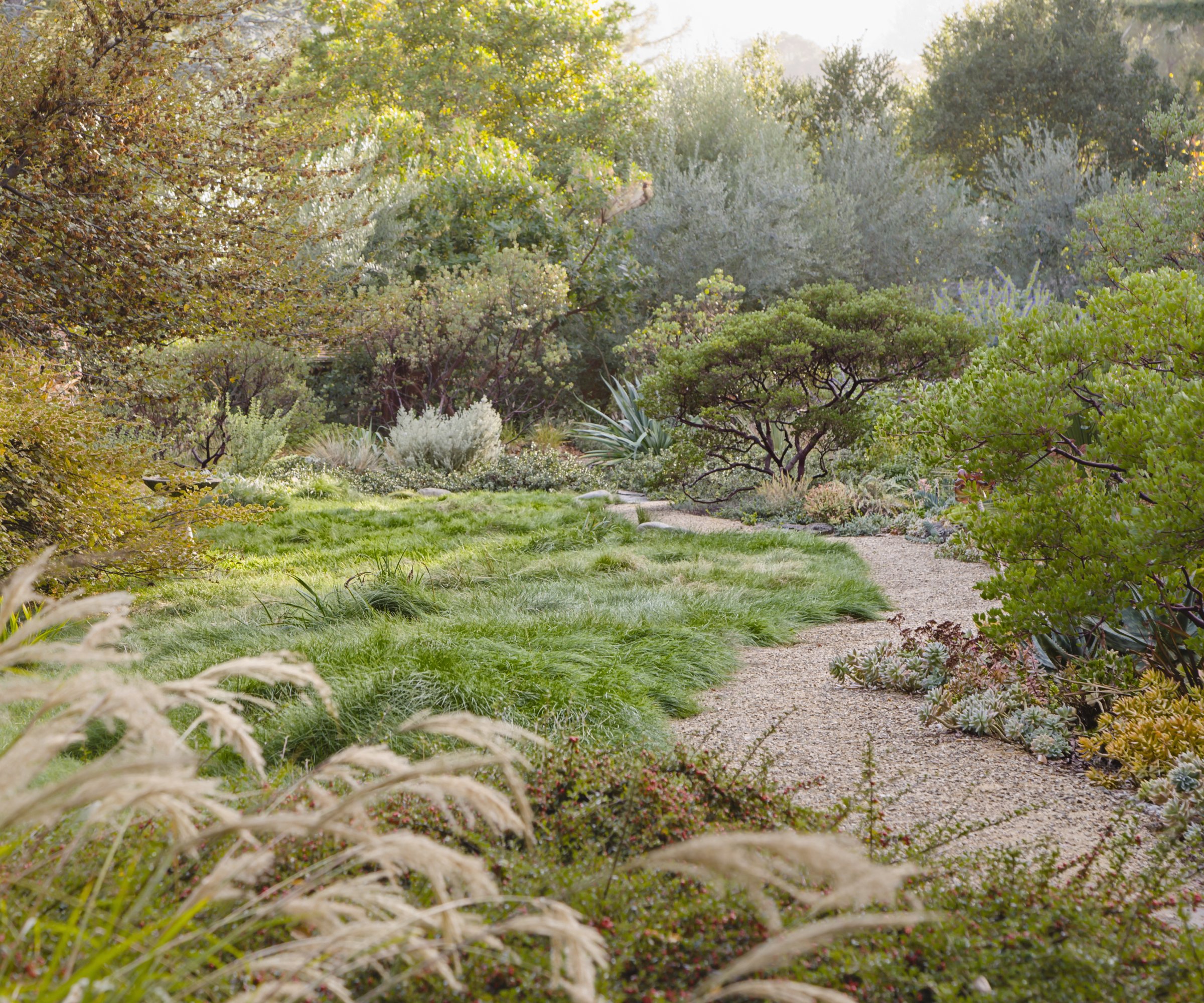
Combining plants with the same water needs will avoid overwatering waste. Choose plants that will all thrive in the site and have similar care requirements. Opt for those that prefer your particular soil type, lighting, and other factors. Your local Extension office and reputable nurseries should have some suggestions as to the appropriate plants for your zone and growing conditions.
2. Install a Good Irrigation System
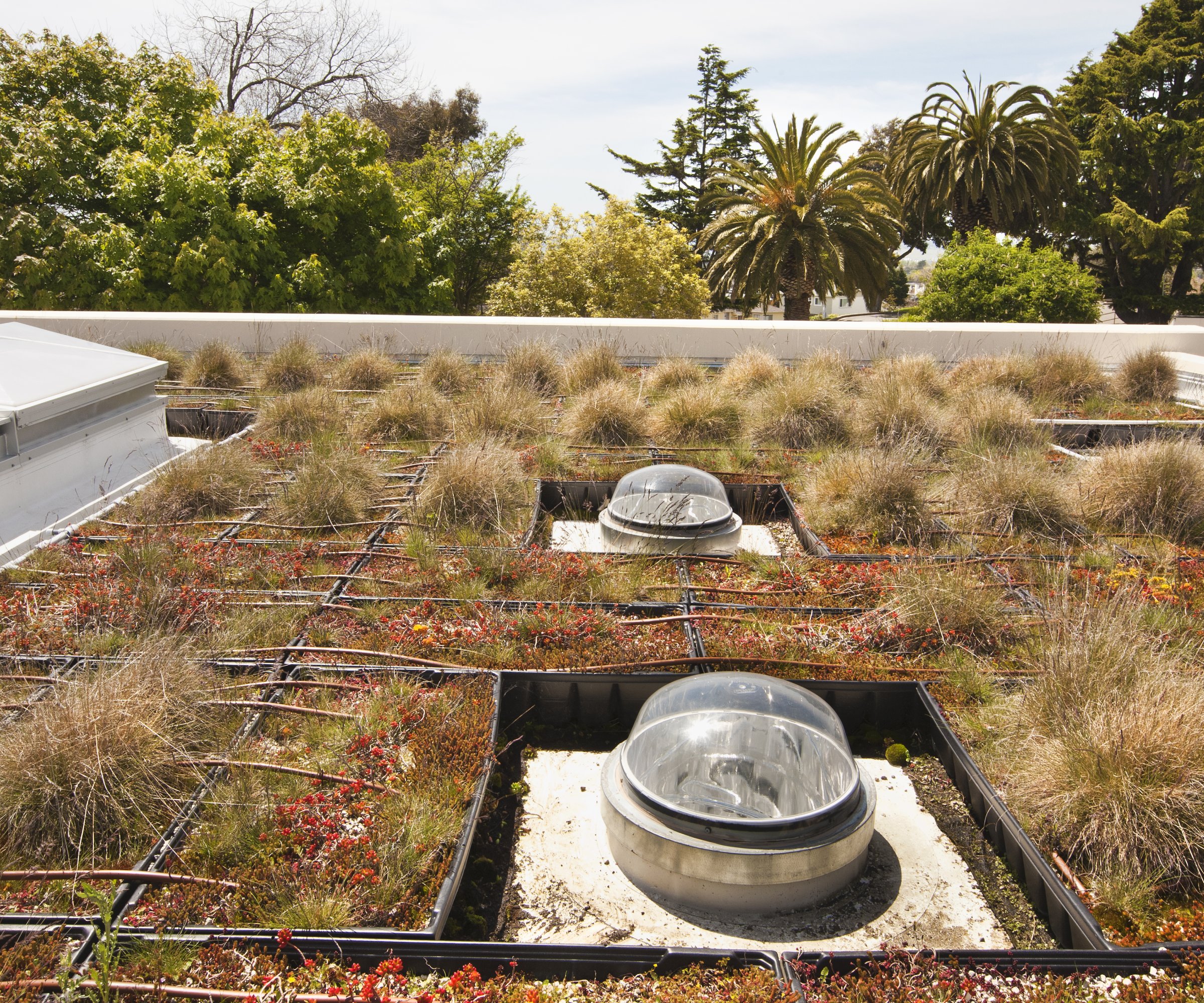
Front yard drought-tolerant inexpensive landscaping will still need some water. Consider installing a drip system that only delivers moisture to each plant right at the root zone. These are fairly easy to install and very customizable. This will avoid spraying water where it isn’t needed. If you opt for a traditional irrigation system, time it so water is delivered at night or early morning when it is cool. This allows moisture to penetrate the soil before it evaporates. Use high-efficiency water heads for the best use of water.
3. Use Mulch
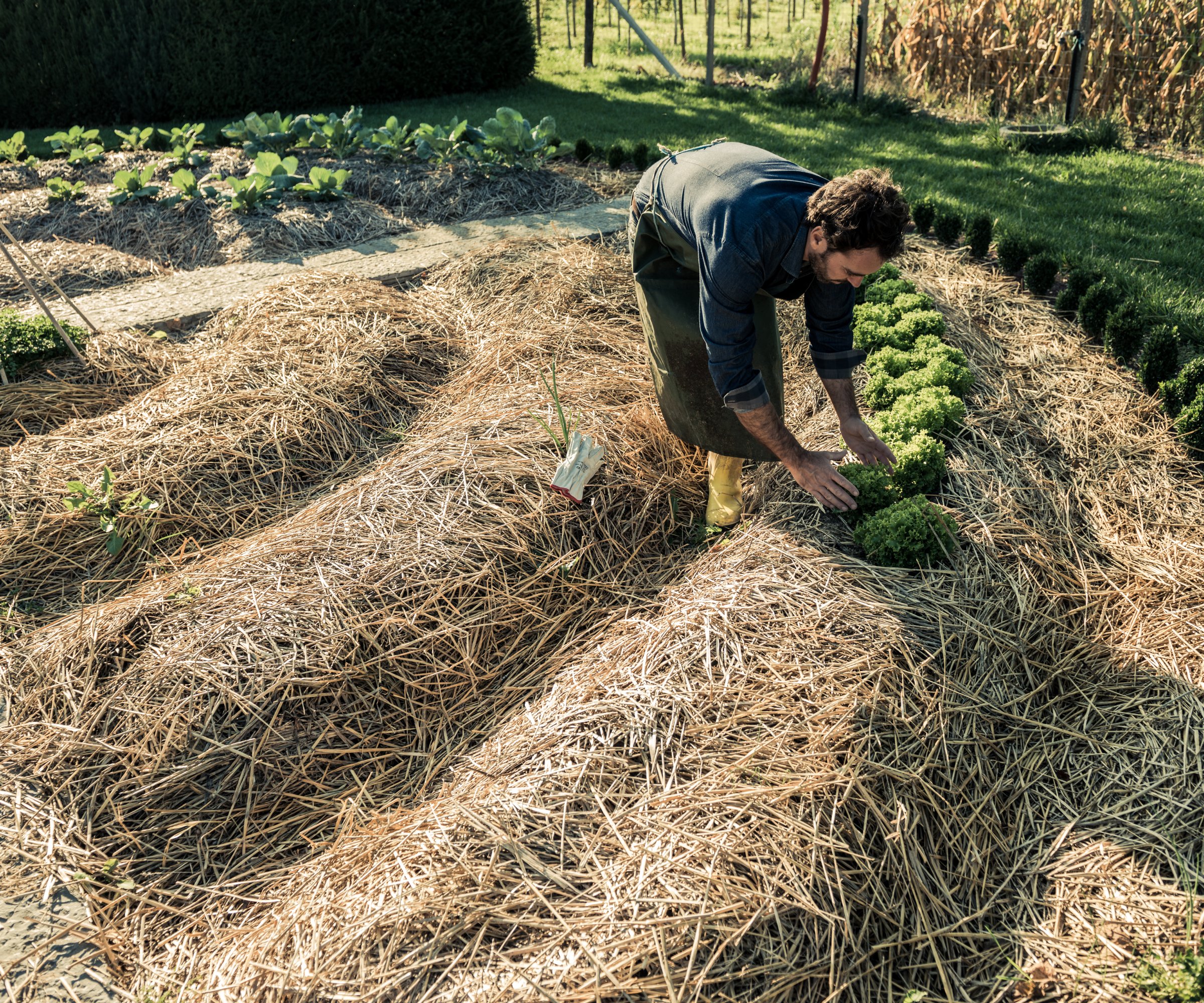
Using mulch conserves moisture in the soil, and can inhibit weeds and regulate soil temperature. There are many types of mulch from which to choose.
There are organic and sustainable mulches like compost, leaf litter, bark, or even dried grass clippings. Organic mulches condition the soil and decompose, delivering nutrients to the soil. There are also inorganic mulches which have the benefit of remaining longer since they don’t break down. Rock, pebbles, rubber mulches, and lava rock are examples of inorganic mulch. They will help keep moisture in the soil but will not provide any nutrient benefits.
Mulching can have the added benefit of hiding drip lines if these are being used. Inexpensive drought-tolerant landscaping ideas don’t have to be unsightly.
Gardening tips, videos, info and more delivered right to your inbox!
Sign up for the Gardening Know How newsletter today and receive a free copy of our e-book "How to Grow Delicious Tomatoes".
4. Remove Turfgrass
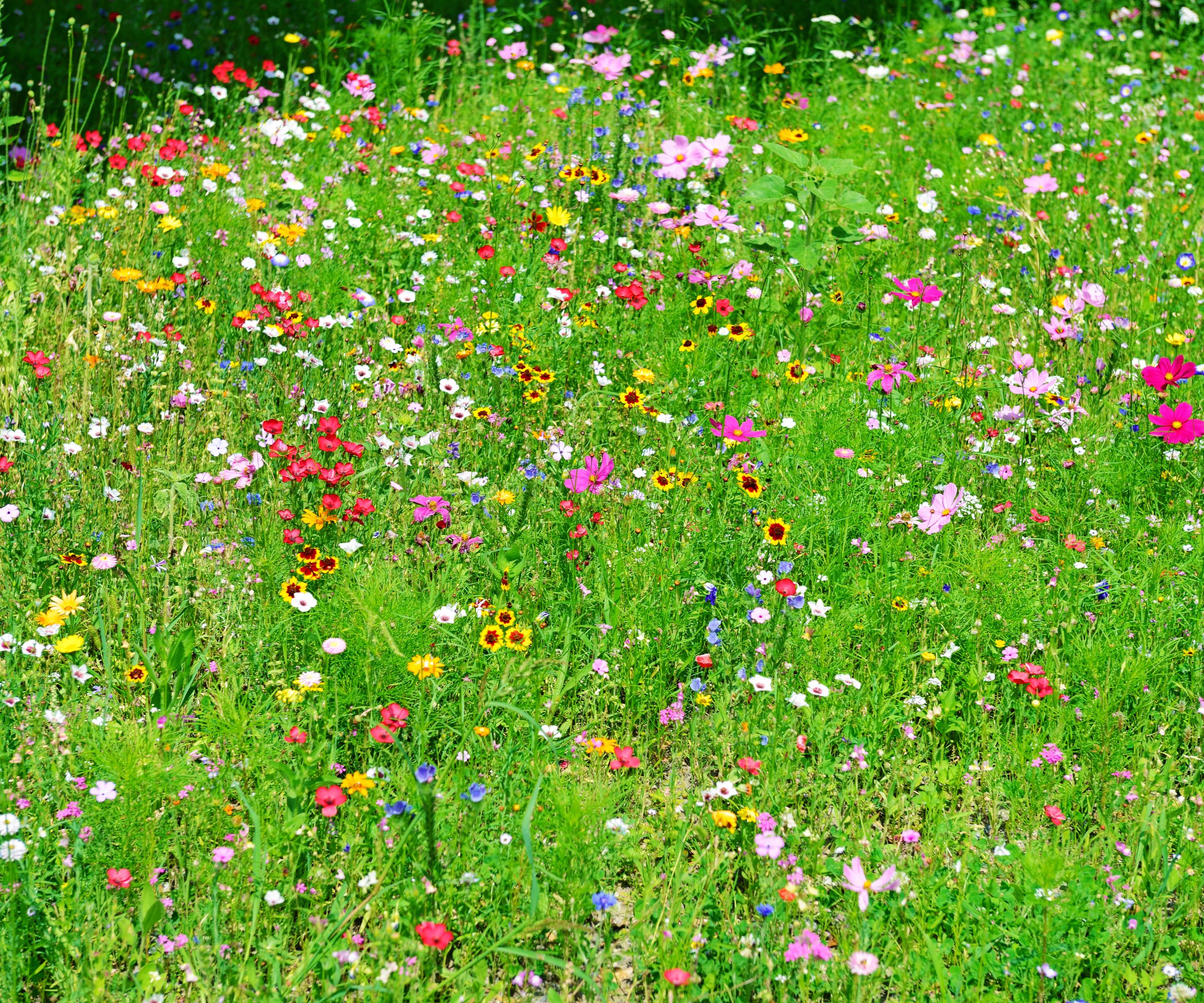
Our lovely, green lawns need a ton of water to keep them looking beautiful. While the feel of grass on one’s bare toes is delightful, tiptoeing through moss is equally nice.
Grass uses at least an inch of water per week, if not more. It also requires heavy nitrogen fertilizer which can run off into our wild waters. Steppable ground covers or native grasses are ideal replacements for the high-maintenance lawn. Native plants are naturally more tolerant of local conditions because they have adapted to them.
Convert your space into a wildflower meadow. This is not only pleasing to the eye, but low maintenance, and attractive to birds and beneficial insects. If you must have a lawn, switch to a drought-tolerant variety like buffalograss, or fescue.
5. Grow Groundcover

Just like mulch, groundcover can protect bare areas from water loss, minimize weeds, and regulate soil temperature.
There are many varieties of creeping sedum that produce bright, starry flowers and require little to no maintenance. Ice plant is another succulent with bright pink blooms and chubby, little leaves. Periwinkle is a classic ground cover that sports glossy leaves and blue or white flowers. Creeping thyme brightens the landscape in spring with flowers and offers year-round greenery.
6. Control Weeds
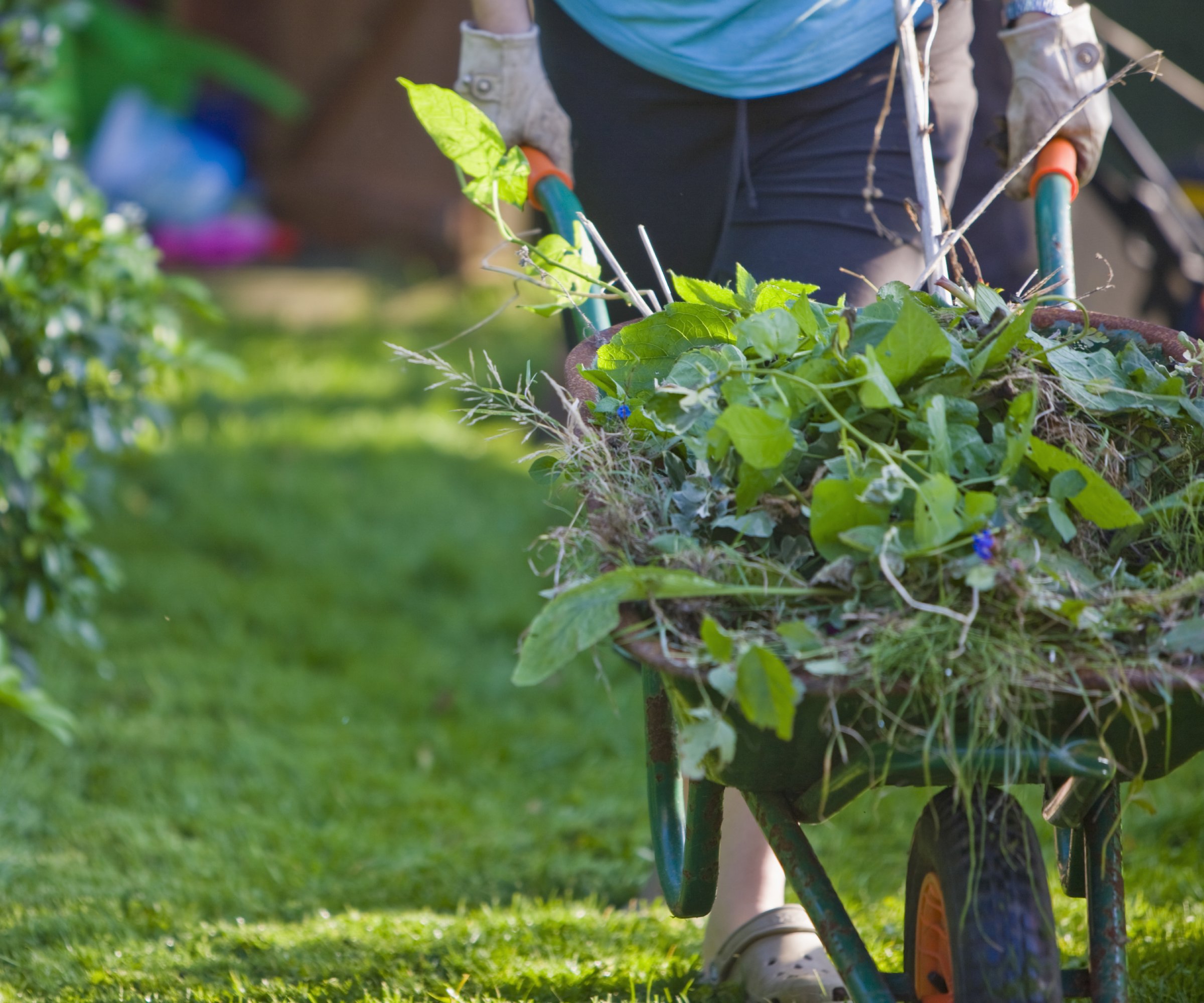
Just like our “wanted” plants, weeds need water to grow. When weeds are present they suck up available water that should be going to our “wanted” plants. They also deplete nutrients and are a general nuisance. Prevent some weeds with mulch and remove any that pop up regularly to reduce competition for resources.
7. Go Native
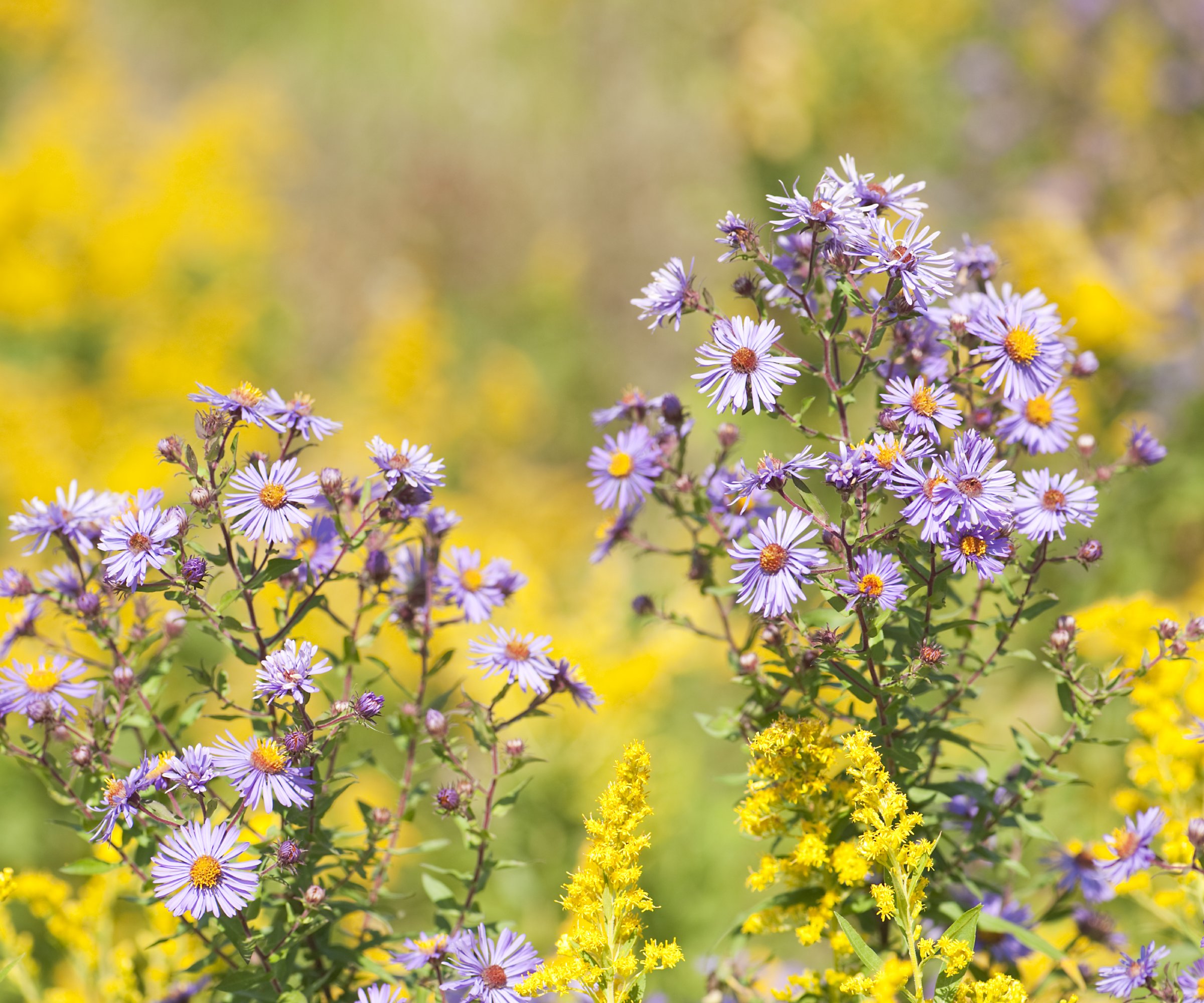
One of the best tips for low-cost drought-tolerant landscaping is to utilize native plants. These plants evolved and adapted to their local temperatures, weather patterns, and soil varieties, which makes them hardier than an introduced ornamental. They use less water, need less maintenance, and still provide greenery and flowers. They are also important parts of the ecosystem providing food and shelter for animals, and operating as host plants for many species of butterflies and moths.
8. Plant a Drought Tolerant Tree

Young trees need regular watering as they establish, but once they are more mature they can tolerate less water. A tree provides a spreading canopy that will shade an area and help prevent the sun’s rays from boiling away any moisture. Trees will also help keep the soil cooler. Select a drought-tolerant species like American Elm, Crape Myrtle, Catalpa, or Redbud.

Bonnie Grant is a professional landscaper with a Certification in Urban Gardening. She has been gardening and writing for 15 years. A former professional chef, she has a passion for edible landscaping.
-
 Looking For Plants To Give You The Soft And Fuzzies? Try These 5 Fuzzy Leaf Plant Options
Looking For Plants To Give You The Soft And Fuzzies? Try These 5 Fuzzy Leaf Plant OptionsLovers of texture, drama, silver foliage and tactile plants will adore these special sensory garden additions. These fuzzy leaf plant options will leave you all aglow
By Susan Albert
-
 Get Ready For A Summer Of Hummers! Grow These Full Sun Hummingbird Plants and Flowers
Get Ready For A Summer Of Hummers! Grow These Full Sun Hummingbird Plants and FlowersIf you’re lucky enough to enjoy a sunny backyard, make sure you are maxing out on your pollinator opportunities and grow these full sun hummingbird plants and flowers
By Tonya Barnett